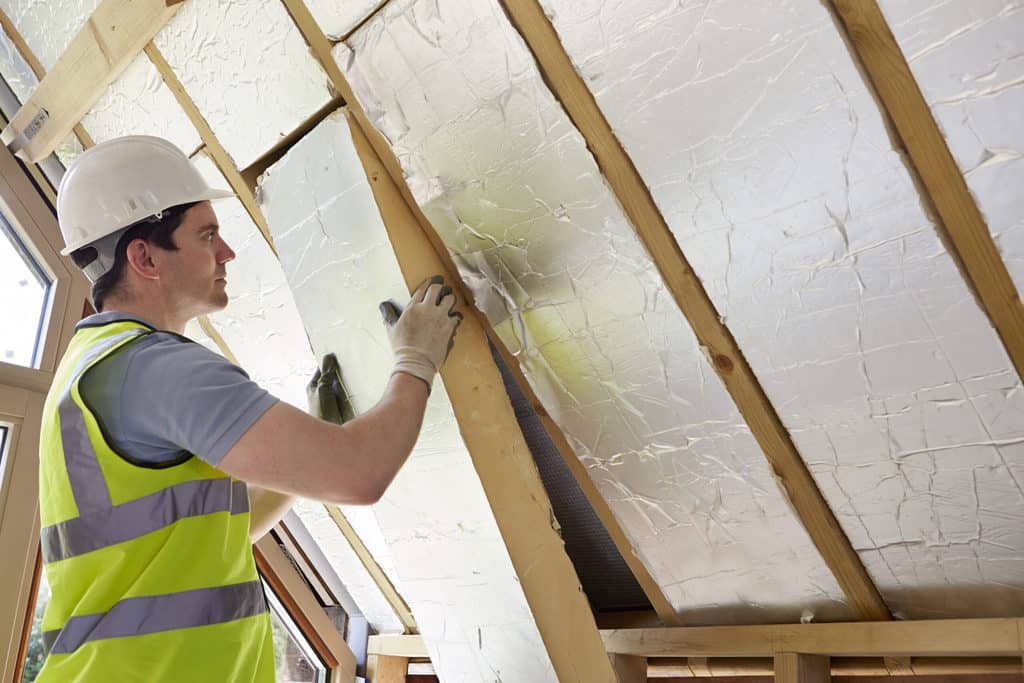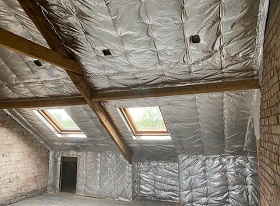What is the Best Substitute for PIR Insulation?
What is the Best Substitute for PIR Insulation?
Having the correct insulation is a fundamental element in the construction of a home that is both efficient and sustainable. It serves a crucial purpose in maintaining optimal indoor temperatures, decreasing energy usage, and establishing a pleasant living space. Implementing efficient insulation can greatly diminish expenses for heating and cooling, making it a worthwhile investment for those who own a home. As the energy cost continues to increase, it has become increasingly vital to identify the appropriate insulation solution.
The insulation market provides a variety of choices, each with distinct features and advantages. Traditional materials used for insulation, like fibreglass, mineral wool, and polystyrene, have been in use for many years. However, with the development of building regulations and energy efficiency standards, homeowners are now looking into alternative insulation options that offer improved performance and flexibility. Let’s have a look into what is the best substitute for PIR insulation?
PIR Insulation 2024 Price Increase
In recent times, PIR insulation, which is a commonly used material for insulation applications that require meeting building regulations, has encountered difficulties. The cost of PIR insulation has risen considerably, up to 20%, in certain areas as a result of disruptions in the supply chain and global events. This price increase has led homeowners and builders to search for more economical options that can provide comparable or improved insulation performance.
One example of the increase is to Celotex PL4000 62.5mm insulated plasterboard. This material had an increase on both the 1st June & 1st July 2024. SuperQuilt would be a direct replacement to a 62.5mm insulated plasterboard but would cost approx £17.72 per m2, compared to under £8 per m2 on SuperQuilt (based on trade pallet deals)
With the increasing cost of PIR insulation, it is crucial to consider alternative options that can offer efficiency without exceeding the budget. A popular option that has gained significant attention is Multifoil Insulation.
Below is a list of other increases, implemented by PIR manufacturers;
- Kingspan Insulation – Between 4% & 10% – Effective from 1st August 2024 – Ranges include Therma Range, EcoTherm Range & Kooltherm Range
- Unilin Insulation (Formerly Xtratherm) 10% increase – Effective from 1st July 2024, which is in addition to the increase which came in 1st June
- Celotex Insulation – 10% increase – Effective from 1st July 2024, which is in addition to the increase which came in 1st June.
- Recticel Insulation – 8% Increase – Effective from 1st June 2024
- IKO Insulation – 8% Increase – Effective from 1st June 2024
Why is Multifoil Insulation the Best Substitute?
Multifoil Insulation is an innovative and one-of-a-kind solution for insulation that involves a combination of several layers of reflective materials, including aluminium foil, with layers of reflective materials, including aluminium foil, with layers of wadding, foam, or a bubble membrane. This intricate design results in an exceptionally efficient thermal barrier, surpassing traditional insulation choices in numerous applications.
There are numerous benefits of using Multifoil Insulation that make it a desirable substitute for PIR insulation. Its versatility is one of its strengths, as it can be effortlessly installed on walls, floors, and roofs. Furthermore, it offers exceptional thermal efficiency by reflecting radiant heat and diminishing heat transfer. Moreover, Multifoil Insulation is lightweight, resistant to moisture, and incredibly durable, making it the perfect solution for your needs.
Various Applications for Multifoil Insulation
Multifoil Insulation for Walls
Multifoil Insulation excels when it comes to wall insulation with its ability to improve the overall thermal efficiency of a building. Homeowners can enjoy a significant reduction in heat loss, leading to lower bills and a more comfortable living environment. Due to installing Multifoil Insulation such as YBS SuperQuilt.
Multifoil Insulation for Roofs
Multifoil Insulation such as YBS BreatherQuilt is an excellent choice for roof insulation applications and a home’s energy efficiency. Its reflective foil effectively reduces heat transfer, keeping the home warmer in the winter and cooler in the summer. Due to how flexible and lightweight Multifoil Insulation is it’s easy to install in both new construction and retrofit projects, making it a practical solution for homeowners.
Multifoil Insulation for Floors
Efficient floor insulation is essential for maintaining a comfortable and energy-efficient home. Multifoils Insulation such as EcoTec Floor-Foam and YBS SuperQuilt can both be seamlessly integrated into the floor system. Installing Multifoil Insulation leads to lower energy consumption and enhanced comfort levels, by reducing heat loss through the floor.
In a floor, 1 layer of SuperQuilt approx 100mm Kingspan Therma TP100. (Based on installation)
Based on the new current increase, the Kingspan cost of this 100mm board is £12.82 per m2, compared to under £8 per m2 on SuperQuilt (based on trade pallet deals)
Conclusion
As a builder and homeowner, it’s important to navigate the ever-evolving insulation market and to consider alternative options that can provide enhanced performance and cost savings. Multifoil Insulation is a great alternative to traditional PIR insulation. Multifoil Insulation offers a wide range of benefits that will significantly improve the comfort and energy efficiency of your home. By exploring the advantages of Multifoil Insulation and seeking advice from experienced professionals. You can make an informed decision that aligns with your home’s insulation needs and long-term sustainability goals.
Request a call back from one of our insulation experts – HERE – or call us at 0333 577 0288
Next-day delivery is available on all orders (UK Mainland)

 Fast Next Working Day Delivery
Fast Next Working Day Delivery Bulk Discounts Available
Bulk Discounts Available Order Pre 2pm for Delivery
Order Pre 2pm for Delivery 

